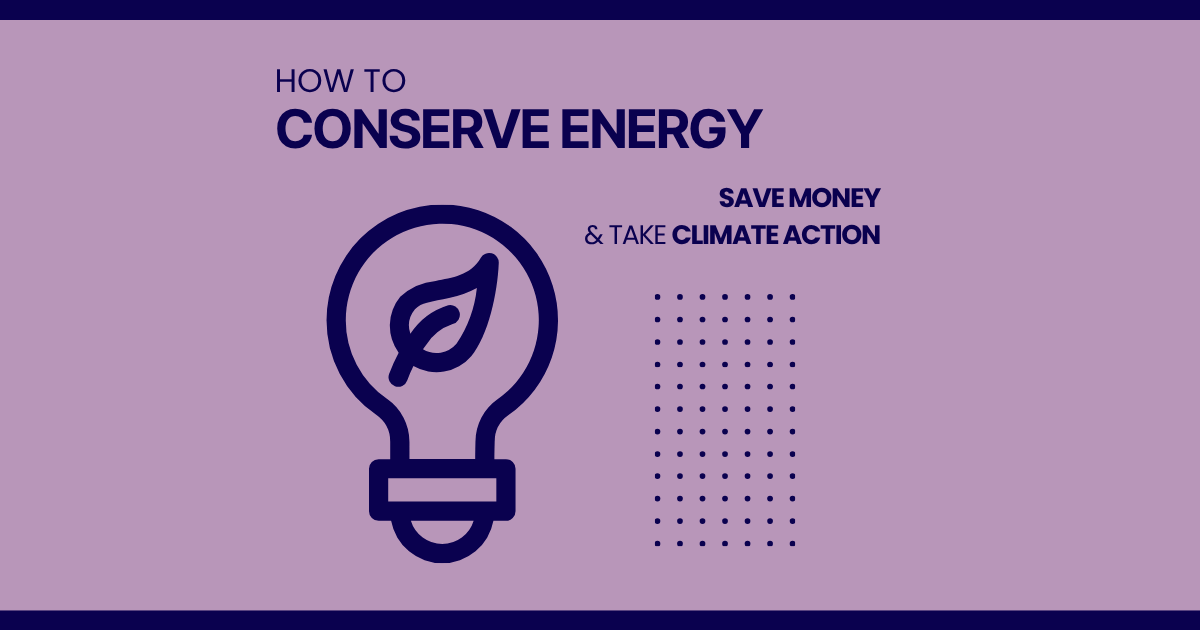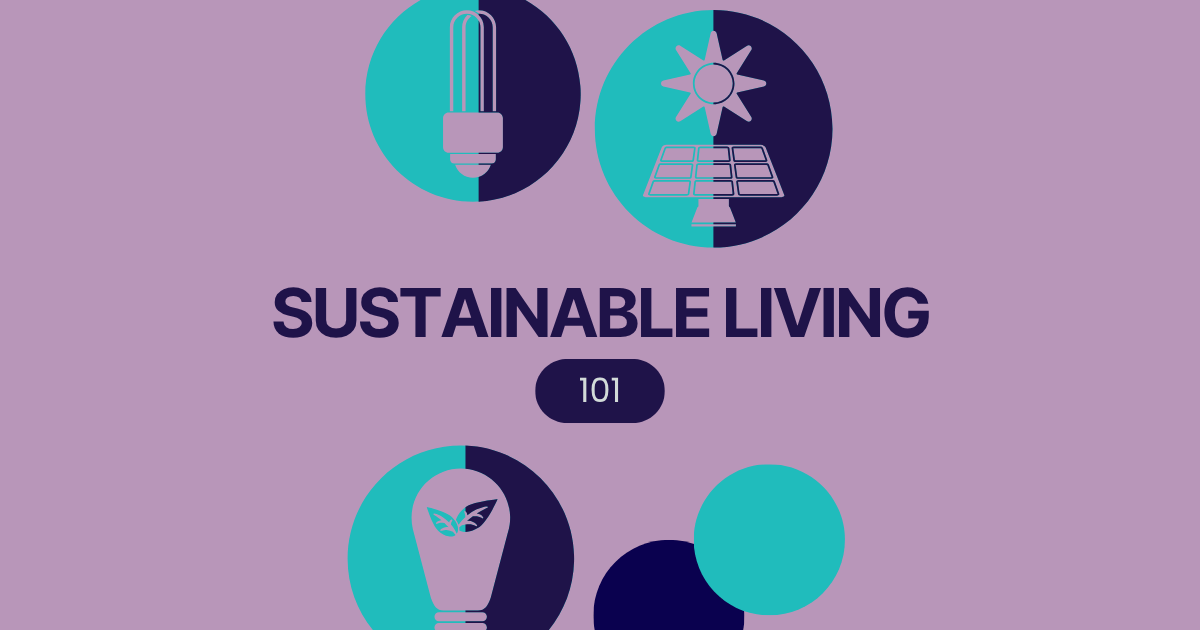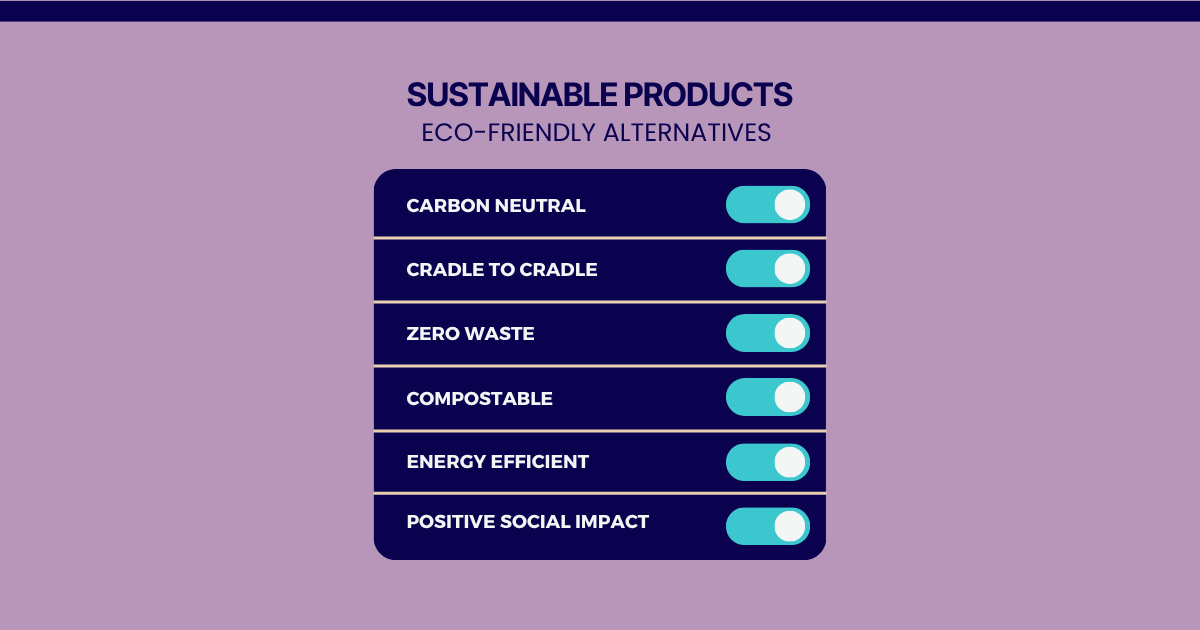Cut Your Energy Use: Simple Ways to Save Money and the Planet
With energy bills soaring, every household is looking for ways to cut costs without sacrificing comfort, and the good news is that saving money also helps tackle climate change.

As the energy crisis continues, more of us are looking at ways to save energy at home to reduce our monthly bills. Energy conservation is a great way to save money and has the added benefit of reducing greenhouse gas emissions.
The lower the demand for fossil fuels the better for our health, the environment and our bank balance.
Three Ways to Save Energy
The biggest energy users in your home are heating, cooling and old appliances. Focus on these areas first for maximum impact.
There are three main approaches to cutting your energy use:
- Retrofitting your home: Physical improvements like insulation and efficient appliances
- Behaviour changes: Free adjustments to how you use energy daily
- Smart technology: Devices that automate energy savings
Home Retrofits That Actually Work
Energy companies rarely mention that retrofitting is the most effective way to cut bills. Here's what actually makes a difference:
Deep vs Shallow Retrofits
- Deep retrofits tackle everything at once: insulation, double glazing, efficient appliances and electrification. They're expensive upfront but deliver massive savings and pay for themselves within several years.
- Shallow retrofits spread improvements over time as your budget allows. Lower initial costs but slower energy savings.
Physical Improvements
- Insulation - Start with roof insulation - it's the most cost-effective upgrade. Check existing insulation for gaps and proper thickness. Wall and under-floor insulation come next, depending on your home's construction.
- Draught Proofing - Seal gaps around windows, doors, fireplaces, floorboards and where appliances connect to walls. This is especially effective in colder climates and often costs very little.
- Window Upgrades - Double glazing moderates temperatures year-round, reducing both heating and cooling costs. Triple glazing is even better if you can afford it. Modern glazing significantly outperforms older versions. Installing a combination of insulation and double glazing can provide energy reductions of 25%.
- Ceiling Fans - An affordable upgrade that works brilliantly with heating/cooling systems or when opening windows.
- Window Treatments - Thick blinds can cut cooling costs by 44% and heating costs by 65%. Shutters and strategic tree planting also help control heat gain and loss.
- Roof Solutions - White roofs reflect heat and are three times more effective than green roofs at cooling. Green roofs cost more but provide biodiversity and air quality benefits.
- Heat pump systems, which heat and cool spaces while also producing hot water, have high energy-saving potential, although the initial costs are high.
- Energy-Efficient Appliances - Replace old fridges, washing machines and dryers with efficient models when repairs become uneconomical. This comes with upfront costs but reduces bills long-term.
- Switching to 100% renewable energy sources could reduce global energy demand by 56.4% and should be our goal for 2035.
Electrify Everything
Switch from gas to electric appliances for cooking, hot water and space heating. Gas is a fossil fuel that contributes to climate change and indoor air pollution (increasing childhood asthma risk).
Key switches:
- Gas cooktops → induction cooktops (highly efficient)
- Gas hot water → heat pump systems (most efficient option)
- Avoid instant electric hot water (inefficient and expensive)
Government rebates are often available for electrification projects.
Free Behaviour Changes
Behaviour changes alone can reduce home energy use by 10-25%. These cost nothing and anyone can implement them immediately:
Temperature Settings
Every degree matters.
- Set your thermostat slightly higher in summer and lower in winter.
- Optimise Fridge Settings - Set your fridge to 3°C and freezer to -18°C. Maintain appliances regularly for peak efficiency.
Daily Habits
- Unplug Devices - Switch off TVs, computers, chargers and small appliances at the wall. Phantom loads add up over time.
- Turn Off Lights - Basic but effective, especially with older bulbs. Use one LED lamp per room instead of multiple downlights.
- Use Windows and Blinds Adjust throughout the day: close blinds when it's hot, open them when you want warmth. Open windows strategically for cooling.
- Appliance Efficiency
- Wash full loads only
- Use cold water in washing machines
- Avoid the dryer when possible
- Clean appliance filters regularly
- Shorter Showers Keep showers under 7 minutes with cooler water. Low-flow shower heads can cut showering energy use by 30-35%.
Smart Technology Solutions
Smart technology which monitors and controls space heating, cooling and lighting could reduce building energy use by 20-30%.
These devices automate energy savings:
- Smart Meters - Track real-time usage to identify where you're wasting energy.
- Smart Sensors - Automatically control lighting, heating and cooling based on occupancy.
- Smart Thermostats - Control heating and cooling remotely via your phone. The Google Nest is the most popular option.
- Smart Plugs - Set timers and schedules for appliances, eliminating phantom loads.
- Smart Window Glass - Automatically adjusts to allow optimal solar radiation throughout the day.
What Science Says Works
Research shows the most effective measures:
- Insulation + double glazing: 25% energy reduction
- Behaviour changes alone: 10-25% reduction
- Thick blinds: up to 65% heating savings, 44% cooling savings
- Smart building technology: 20-30% energy reduction
- Shorter, cooler showers: 30-35% reduction in shower-related energy use
Financial Help Available
Many regions offer grants, rebates, tax credits and interest-free loans for energy efficiency improvements. Low-income households may qualify for substantial assistance (up to $4,000 in some areas) to replace old appliances.
Check what's available in your area before starting major upgrades.
Getting Started
- Renters and low-income households: Focus on behaviour changes, LED bulbs, draught proofing and smart technology.
- Homeowners: Start with insulation and draught proofing, then work towards deeper retrofits as budget allows.
- Everyone: Switch to renewable energy through your provider as a simple first step.
Share the Knowledge
Climate action is contagious. When you make these changes, you inspire others to follow. Share your experiences, help struggling neighbours access financial assistance, and spread practical knowledge about energy conservation.







Comments